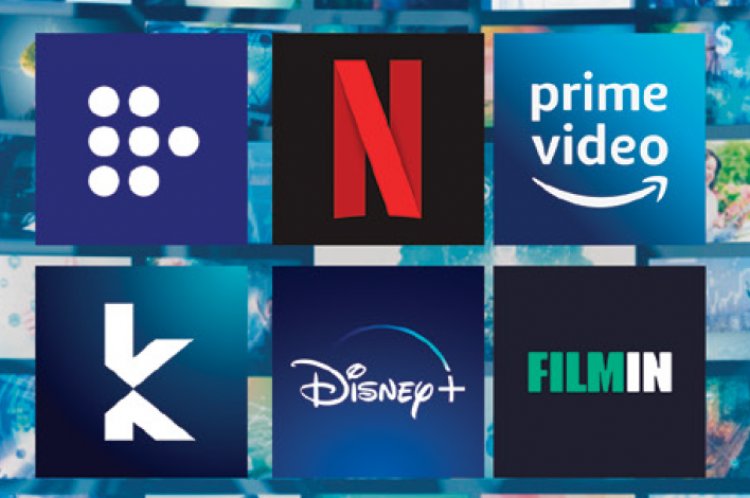The future of CINEMA
Cinema is one of the industries hardest hit by the pandemic, while exhibitors are experiencing the worst crisis in history, hybrid formats are gaining strength.

Cinema as an industry is one of the sectors hardest hit by the Covid-19 pandemic. Faced with the confinement, the great exhibitors of our country (Cinemex and Cinépolis) registered large losses and face an unprecedented crisis.
CINEMA: THE WORST CRISIS IN ITS HISTORY
According to the annual report of the National Chamber of the Cinematographic Industry (CANACINE), box office revenues for 2020 fell 80.6% compared to 2019. While from March 15 to December 31, 2020, movie theaters they received 95% less public than in the same period of the previous year, this represents losses of around 850M USD.
One of the measures that were proposed to mitigate the crisis was the premiere on digital platforms. However, it has not been enough to lessen the economic blow to distributors and exhibitors. Apparently the problem with the exhibitors is a box office issue; However, a large part of the income is obtained from candy stores and from the sale of food and beverages.
CINEMA CLOSURES
As reported by the media and financial advisory conglomerate Bloomberg, Cinemex was forced to close 145 theaters to restructure a debt that amounts to more than 230 million dollars.
DELAYS AND OPENINGS
The uncertainty on the subject of the exhibition is causing the large international distributors and producers to delay their premieres. Blockbusters that were expected in theaters in 2020 like Fast and Furious 9, A quiet place II and Godzilla vs Kong have had to postpone their release several times. And although partial reopenings of cinemas are planned in 2021, delays can be a constant. In Mexico City and the metropolitan area, the reopening of cinemas began on March 1 with a capacity of 30%.
Although this area concentrates about 30% of the film box office in our country and this measure seems to direct everything towards a better horizon, it does not guarantee the recovery of the industry. For specialists, exhibitors will start thinking about the word "recovery" until after 2022.
A LOOK TO THE FUTURE
The pandemic could mean a forced paradigm shift in the film industry. The issue of delays is motivating production companies to opt for new exhibition platforms.
STREAMING PLATFORMS
Although the debate on whether streaming services represent –or not– a threat to exhibitors was already on the table for some years; the confinement due to the health crisis has put entertainment providers - via streaming - in a privileged place. Just look at the list of Oscar nominations in recent years, films from Netflix, Amazon Prime Video, HBO and recently Disney Plus are in the main categories.
For example in 2021 Mank (Netflix) and Sound Of Metal (Amazon) compete in the category of Best Film. While in the category of Best Animated Film, it is very difficult for Soul (Disney Plus) to take the triumph.
What these feature films have in common is that they can all be viewed through a streaming platform.
It will be increasingly common for us to be presented with online film festivals with pay-per-view content and in hybrid formats: that mix the exhibition in theaters with a streaming service.
Platforms such as MUBI, Filmin and Cinépolis Klic already participate in this type of dynamics. However, the exhibition in the theater continues to represent the essence of cinema as we know it and has been defended in important bastions of the seventh art such as the Cannes Festival.
SO, ARE WE SEEING A TRANSITION IN THE INDUSTRY?
We can say yes, but the outcome is still uncertain.
The premieres via streaming and through pay channels are in some way representing an alternative for the industry, but they do not compensate for the gap left by the economic losses caused by the closing of cinemas.
Although in economic terms a difficult recovery is in sight, the cinema will survive as long as there is a willing look and a story to tell.

















